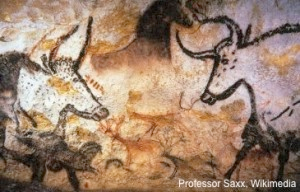
A Sustainable Future for Public Lands Ranchers –
for Wild Horses and Burros Management, Wildlife Eco-systems,
vs
Methane & Greenhouse-Gasses
———————————————————————————————
Problem Definition => Conflict of interest by design
WHOA offers an innovative solution for wild horse management that is feasible for the wild horses, burros, Public Lands Ranchers (Permittee s), the people, the horse industry and, importantly; reduces court actions from all sides by removing the root cause, which is a conflict of interest.
Due to the management plans since 1971, in fact the wild horse is less than worth-less, monetarily speaking, to the Public Lands Rancher (Permittee) vs. the American Public who view them as intrinsically valuable. In order to remove this resultant conflict of interest, the actual monetary value of each wild horse must rise to that of a cow/calf, for the Permittee.
The solution must also feasibly take into account climate change and the fact that both sides of the aisle recognize that creative remedies are needed now*1.
The Permittees must also be paid for improving carbon sequestration on the range and reflectivity/albedo*2 as appropriate, along with working issues of watershed, soil, planting trees, re-seeding, drilling wells, installing windmills for year-round water as needed, for both cattle and wildlife/wild horses.
To wit the Green New Deal from the Democrats and the Green Real Deal from the Republicans also according to the United Nations Intergovernmental Panel on Climate Change 12-year ultimatum on climate change.
——————————————————————————————————————–
Summary Proposal End Conflict of Interest – Design Feasible Root Cause Resolution
The BLM has stated to Congress repeatedly that to warehouse a wild horse for its lifetime costs the nation approximately $50,000 each. However, just half of this could be better spent on public lands, paying ranchers for wild horse and burro management by immuno-contraceptive darting once per year, on the range, rather than paying $1000/horse for helicopter round up and $2000/year thereafter in holding. This would end the mounting numbers in long term holding and the $2000/yr. per horse.
Rather than the traditional expensive and dangerous round ups, transport, holding and feeding for 25 years, the Permittee will be paid for the three management items below:
1. Equivalent Payment for Partial Resting of Permit: Similar to farmers being paid to rest their lands, ranchers would count the horses (perform a census*3) and determine if the wild horse number is greater than the Appropriate Management Level (AML)*4. This is called the overage*5. If this overage is significant enough, environmentally speaking, to choose to put less cattle out, then the Permittee will instead be paid the same as cow/calf for the number of horses over AML/overage. Or rather, the number of cattle removed would be equal to the number of wild horses over AML and the rancher will receive an equivalent payment for partial resting of the permit. Hence, the Permittee, the wild horses and the range are all protected and the conflict of interest is removed, when combined with item no. 2 below.
2. Payment for PZP*6 Darting: Permittees (or BLM contractors) must be paid equivalent to a cow/calf to manage each wild mare with PZP Fertility control as needed. PZP darting will be provided to all females each year, (as needed) on and off, in order to both preserve genetic health of the herd as needed to work towards a population where the herd is at AML (However the NAS takes issue with the AML determination methods). Working toward the birth rate being equal to the attrition rate. Hence flat line population growth without round ups. The rancher will provide digital pictorial documentation.
3. Payment for Environmental Defense and Preservation: Under the purview of the Bureau of Land Management (BLM) or United States Department of Agriculture Forest Service (USDA FS), the public lands rancher needs to also become our first line of defense on public lands to fight climate change as front-line range and environmental stewards. This will address reflectivity of the environment/albedo the amount of methane, watershed, forest fires and biodiversity.
This is also recognizing the public lands stewardship these Permittees already do (while the cattle are on the permit) however, often not year-round, by ensuring water for grazing animals, planting seeds, sometimes planting or removing trees and addressing watersheds as well as erosion.
Water supplies will also need to be ensured for the time the cattle are off the allotment, at a minimum by ensuring allotment gates are locked open so that wild horses can then roam to water. They may also work improvements to watershed, erosion etc.
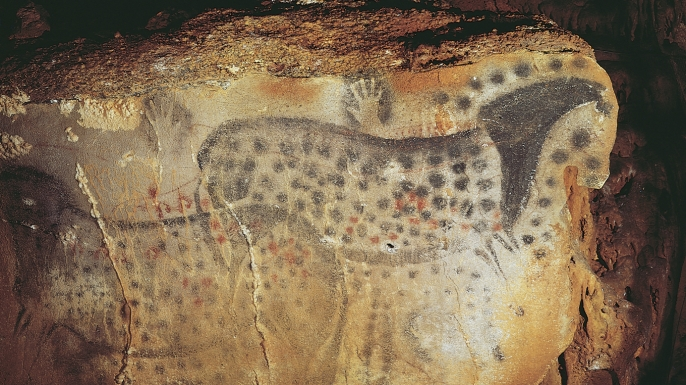
https://www.history.com/news/cave-painters-didnt-dream-up-spotted-horses-study-shows
NOTE: Methane: The Environmental Protection Agency (EPA) states that enteric fermentation*7 and manure (largely from cattle) are the number one source of methane in the United States. Methane is 84 times more heat trapping than CO2 in the first two decades. However, when wild horses are over AML, IF the Permittees reduce cattle and are paid, this also results in Methane reduction.
NOTE: Remote Areas: The BLM and USDA FS state to Congress that they cannot get to the more remote areas in order to manage the wild horses and burros with contraception. However, the Permittees are already in/near these areas with the cattle they manage.
NOTE: Native Predators: Mountain Lions, Wolves, etc. are being killed by USDA Wildlife Services ($121 Million/yr.) due largely to their predation on non-native cattle/beef from Asia. Livestock owners are often paid for depredation. Hence, whether one agrees or disagrees as to the native status of the legally wild horse, or its domestication, it is preposterous to say that a predator can differentiate or has a prejudice against eating horse meat because they can somehow sense they may be domesticated vs. wild. (Regardless, horses evolved entirely here in North America for over 55 Million years with the modern horse having appeared between 2 and 4 million years.)
NOTE: Puppy Mill Management (unchecked breeding): Under the current management structure, the wild horse has lost its value through (unchecked breeding), due to the expensive wipe out of predators and virtually no contraceptives substituted in their absence.
To wit, the BLM states that it started with only 25,000 wild horses, however proudly claims it has homed 245,000 horses.
Further removals of thousands of wild horses have significantly affected supply and demand for adoptions, which is clearly self-defeating for the BLM and detrimental to the horse industry, and many of these are at high risk of slaughter.
Occasional mares are PZP’d off range and released after an expensive and illegal helicopter round up, thereby completely defeating the feasible, legal, and humane purpose of (non-experimental) and dartable PZP – ON Range Management.
- Reference: Citizens Against Equine Slaughter (CAES) Muddy Creek Utah Administrative Appeal No. IBLA-2018-0192 awaiting IBLA* Action.
- Wild Horse Observers Association IBLA-2017-0048 awaiting IBLA Action.
CAES IBLA NO.s IBLA-2016-243 and IBLA-2019-0015 : Both were remanded back to BLM: regarding blind surgical sterilization by ovariectomy which is also illegal, inhumane, and fiscally irresponsible, moreover requires routine round ups as usual. - CAES IBLA NO.s IBLA-2016-243 and IBLA-2019-0015 : Both Remanded back to BLM regarding blind surgical sterilization by ovariectomy which is also illegal, inhumane, and fiscally irresponsible,
- Moreover sterilization by ovariectomy requires routine round ups as usual and all the horses are still rounded up because the BLM cannot easily only round up the un-sterilized mares.) Cruel and Costly.
- CAES filed two administrative appeals to STOP ovariectomies rather than to WATCH ovariectomies, which are done blind anyway without ability to see internally by scopes! CAES filed IBLA Administrative Appeals and stopped this unnecessary and expensive barbaric process and Won both times.
- Additionally, regarding humane animal affairs no employee or contractor with DSM-5; PID-5; antisocial personality disorder; personality disorders; psychopathy should play any decision making or hands on role for wild horses and burros.
Puppy Mill Management thereby puts all sides at risk on many levels including legal, fiscal, humane:
NOTE: The National Park System (also under the Department of Interior as is the Bureau of Land Management (BLM) has been utilizing native PZP successfully on a 45,000-acre Assateague National Park, successfully. Time to TIER (Share Information) with/from the NPS. https://www.nps.gov/parkhistory/online_books/science/26.pdf https://www.nap.edu/catalog/13511/using-science-to-improve-the-blm-wild-horse-and-burro-program
NOTE: This plan does not affect any of the current ways that political campaigns are funded.
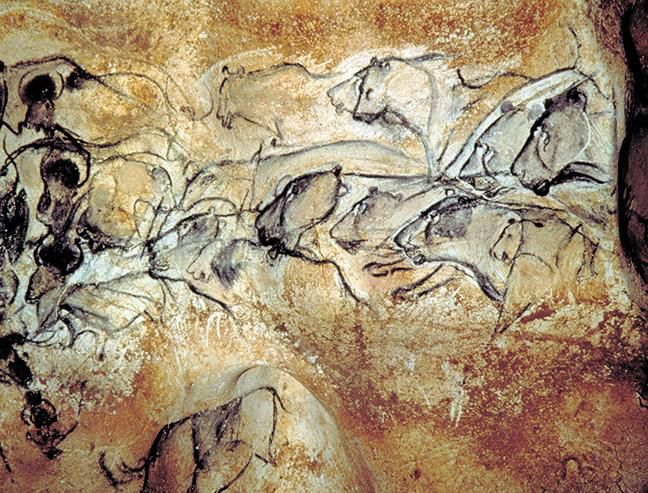
https://www.smithsonianmag.com/history/journey-oldest-cave-paintings-world-180957685/
IN CLOSING
We understand that change is sometimes difficult. However, under this new structure, young and old public lands ranchers and Permittees can have hands-on education, based on each area’s environmental and wild horse management needs.
This would help to guarantee their long-term ranching future by continually paying them equitably for providing some of the services they currently already do in part for free, in order to enhance their ranching incomes.
Asterisks Explained
*1 The United Nations Intergovernmental Panel on Climate Change: 12 year ultimatum
*2 Albedo: is the percentage of solar radiation reflected by an object. … A pure black object would absorb all radiation and have an albedo of 0%. Bright Earth features such as clouds, fresh snow, and ice have albedos that range from 50% to 95%
*3 Census:Total Number of wild horses
*4 AML: Appropriate Management Level (AML), which is the number of wild horses and burros that can thrive in balance with other public land resources and uses.
*5 Overage: Total census (including babies) minus AML.
*6 PZP: Porcine Zona Pelucida an Immuno-contraceptive: The formulation for wild horses is registered with the EPA as Zona Stat-H for wild horses and as Zona Stat-D for Deer. It is not hormonal and does not affect behavior. This contraceptive lasts for 1 year and reaches full efficacy once boosted. Thereafter boosters are no longer needed even if a year is skipped.
https://www3.epa.gov/pesticides/chem_search/ppls/086833-00001-20170706.pdf
https://www.nap.edu/catalog/13511/using-science-to-improve-the-blm-wild-horse-and-burro-program
*7 Enteric Fermentation: Ruminant Digestive process. Per EPA “Enteric fermentation is the largest
anthropogenic source of CH4 emissions in the United States. . .This increase in emissions from 1990 to 2017 generally follows the increasing trends in cattle populations. (This does not even include the Methane from associated manure).
By Patience O’Dowd President for WHOA,
Member Union of Concerned Scientists
PO Box 932, Placitas, NM 87043
A public 501 c3 since 2004

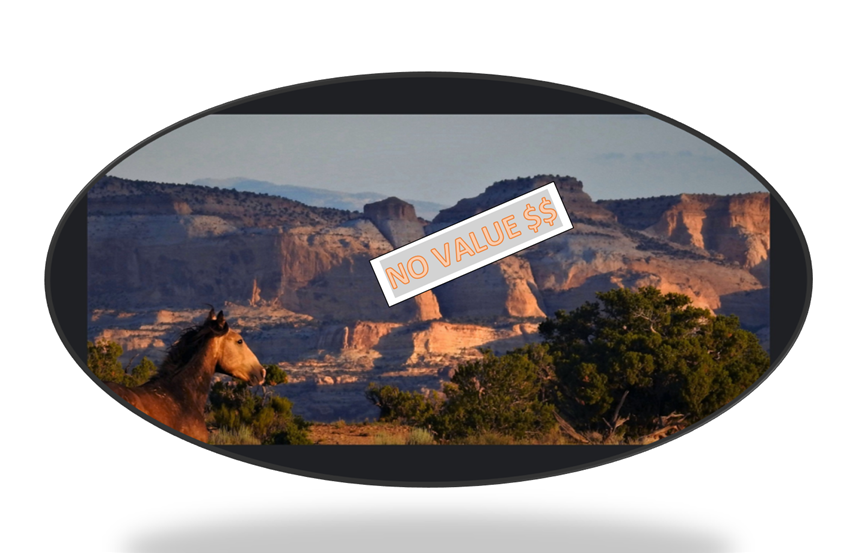
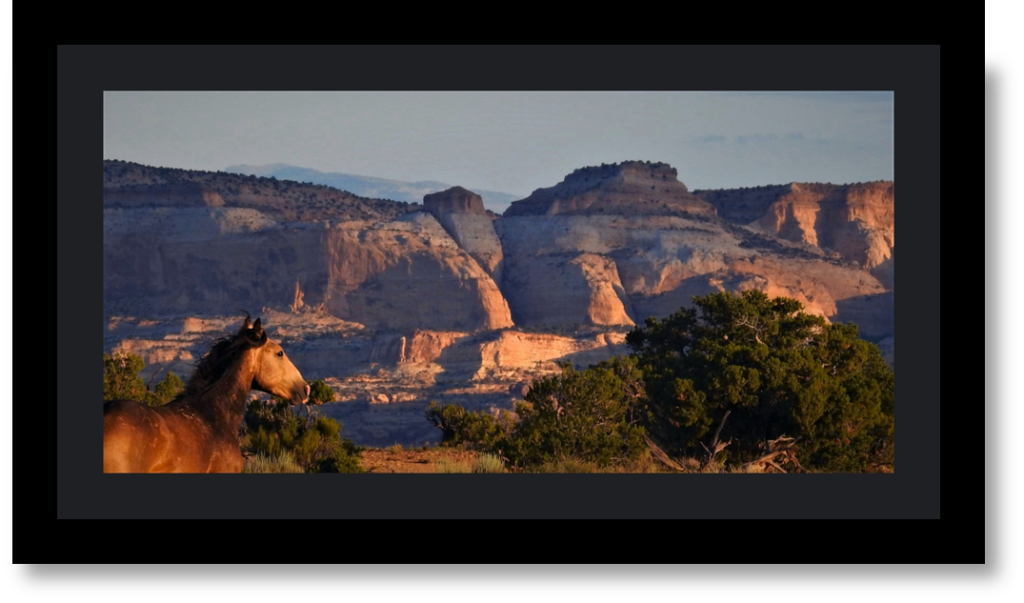
Muddy Creek Horse Management Area – BLM Utah
